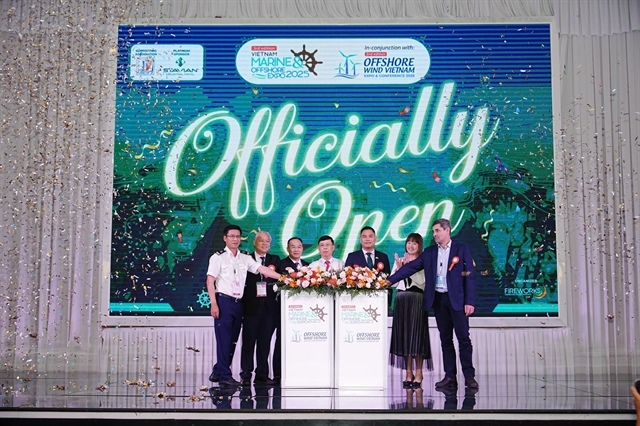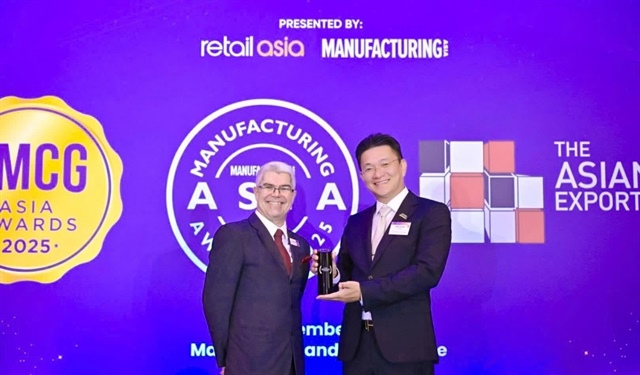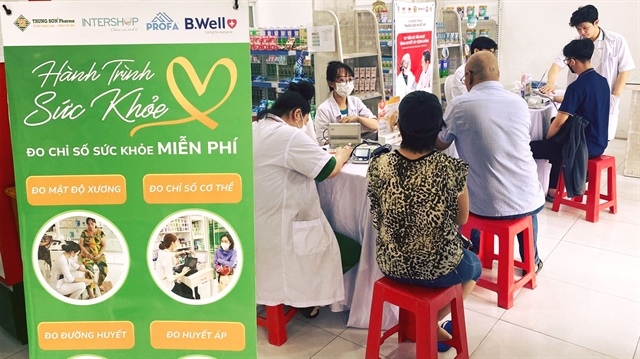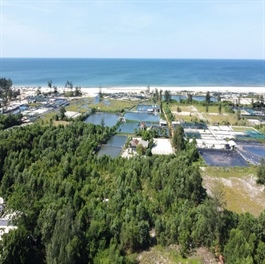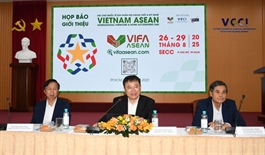Moving towards modern and sustainable pharma industry
Moving towards modern and sustainable pharma industry
Vietnam’s pharmaceutical industry strategy for the rest of this decade and beyond is of particular importance, demonstrating the government’s determination to build a modern and developing industry, better meeting people’s healthcare needs as well as regional and international integration requirements.
The strategy clearly defines the goal of turning Vietnam into a centre for high-value pharmaceutical production in the region, ensuring access to drugs at reasonable costs, improving the capacity to control drugs in circulation, perfecting the distribution system, and accelerating digital transformation throughout the industry.

Do Xuan Tuyen, Deputy Minister of Health |
Up to now, the strategy has achieved positive results. Regarding ensuring drug supply, the Ministry of Health has encouraged administrative reform, applied IT in granting circulation licences, and added appraisal units to shorten the time for processing records.
As a result, the number of drugs granted and renewed circulation registration has increased rapidly in recent years, from more than 1,300 drugs in 2020 to more than 13,500 drugs in 2024. As of the end of July, there were more than 23,000 drugs with valid circulation licences, meeting the needs of medical examination and treatment nationwide.
Meanwhile, the total pharma market value has increased from about $2.7 billion in 2015 to more than $7 billion in 2024. The proportion of domestically produced drugs has accounted for about 60 per cent in terms of quantity in use and 46 per cent in terms of value, showing a clear improvement compared to the period before 2016.
The industry currently boasts 245 production facilities, of which 26 factories meet EU-GMP standards or equivalent. We have produced 15 types of vaccines, of which 10 are supplied to the national expanded immunisation programme.
Some domestic facilities have mastered biotechnology to produce specialised treatment medicines. In addition, domestically made medicines now fully cover essential drug groups according to the classification of the World Health Organization. Some products have been exported to high-end markets such as the EU, the United States, and Japan.
The industry has achieved remarkable results in digital transformation. To date, drug supply facilities in all provinces and cities have been connected. The database of registration certificates for more than 50,000 types of drugs and raw materials has been made public. Information on more than 68,000 pharma production, trading, and import-export establishments has been fully updated, contributing to increased transparency and management efficiency.
Clinical pharmacy activities have been accelerated and institutionalised. To date, all central and provincial hospitals and more than 90 per cent of district hospitals, along with many private hospitals, have implemented this. Regarding human resource development, the number of university pharmacists per 10,000 people continues to increase, from 2.88 in 2019 to 3.3 in 2024.
Despite the positive results, the implementation of the strategy also faces many difficulties. One of the major challenges is that the competitiveness of domestic pharmaceutical production is still limited. Many facilities still mainly invest in production lines of simple dosage forms, with little focus on high technology, while investment in research and development is still low.
Most relevant raw materials still depend on imports, accounting for nearly 90 per cent. The domestic chemical and pharma industry has not developed commensurately. There is a lack of highly qualified people in fields such as clinical pharmacy and drug testing. On the other hand, many foreign-invested pharmaceutical companies only export products or franchise, not really transferring core technology to Vietnam.
The healthcare sector will focus on implementing a number of key groups of solutions to realise the goals in the strategy. First of all, it continues reviewing and perfecting the legal framework in the industry, creating open and transparent conditions to attract investment and develop the pharmaceutical industry. Along with that, it is necessary to ensure a stable supply of drugs and raw materials, especially for rare drugs and drugs at risk of shortage.
Administrative procedure reform and decentralisation of power will continue to be promoted to improve management efficiency and better serve individuals and businesses. Drug quality and price management will continue to be strengthened, ensuring rational and effective use of drugs, preventing counterfeit and poor quality products.
Another major orientation is to accelerate the application of technology and comprehensive digital transformation in pharmaceutical industry management. Building a digital data ecosystem will create a foundation for comprehensive monitoring and supervision of drug production, distribution, prescription and use. The health sector also aims to maintain and improve the capacity of the vaccine management system.
In the short term, the focuses are admin reform, perfecting institutions and improving operational efficiency, accelerating tech application, and improving the quality of health services. By the end of July, there were 284 administrative procedures in use, a reduction of over 240 procedures compared to the end of 2021.
With the determination of the entire health sector, the support of ministries, agencies, and localities, and the companionship of businesses and individuals, we believe that the Vietnamese pharma industry will develop strongly, reaching a regional and international level.
- 09:03 19/08/2025


